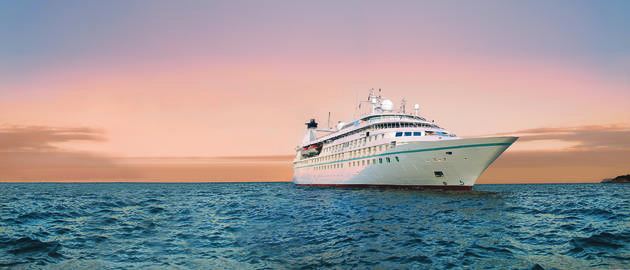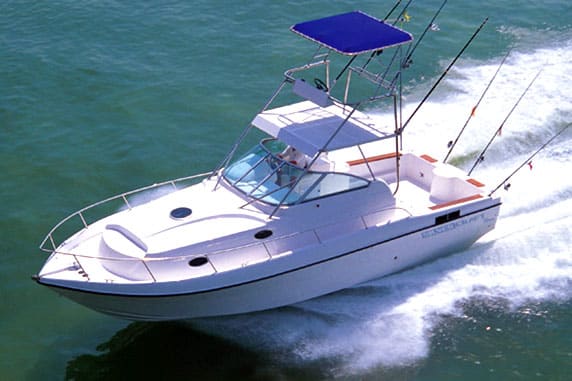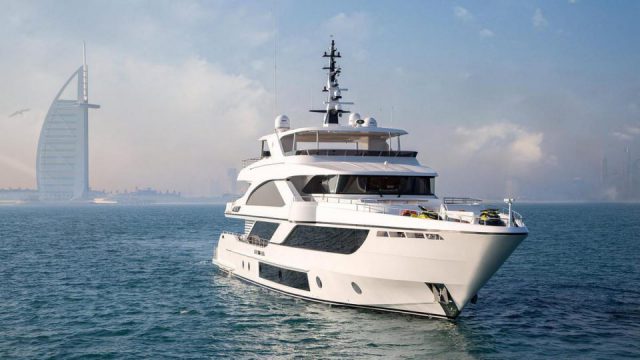Cruising in luxury yachts such as superyachts and luxury motor yachts can be the most rewarding experience you could ever have but sometimes you simply can't avoid bad weather.
Not everyone is a fan of rough water or heavy weather, but seafarers have accepted the fact that these cases are just part of the game if they want to get to their favorite spot or destination. The experience is truly terrifying, but with proper preparation, a little experience and knowledge of handling rough water, you will surely learn how to deal with the situation.
But before that, you first have to know the influencing factors that make normally calm water rough. These factors include wind, tide, underwater topography, inland water, and many others.
By far, the wind is the most significant influencing factor that makes calm water rough. It can start with rippling the water, which can gradually create waves and if it continues, waves can get larger. Another factor will be the tide. If a current build up in one direction and a wave from the opposite direction, a much powerful wave will tend to stand up.
These challenges mean proper and effective passage planning is important for you and your crew's safety. Here are some important guidelines to follow when dealing with rough waters:
- Before heading out for your trip, be sure to see the latest weather forecast and tidal or current information, so you know where the smoothest waters can be found. These days, accurate forecasts are much readily available so you're less likely to be out of reach.
- Knowing your local area and the kind of environment you'll get in touch with can help you predict what sea conditions are going to be and if there are possible cases of local phenomena. Each area has a unique weather indicator or conditions that can help to identify whether you continue or avoid your trip through rough water.
- You must understand the importance of planning your passage before heading to your destination. Make sure to check all possible cases such as tide, locks, river closures, bridge maintenance, and other guidelines and notices send to mariners. Bringing life jackets are also necessary for you and your crew's safety.
But, what if you do get caught out?
If such thing happened, you must be aware of how your yacht behaves in a strong wind and waves. This can help you build confidence for your next action. Brief your crew with your current condition and tell them to wear their life jacket. If you have a radio, call a local volunteer marine rescue station and state your location and current condition.
These are only basic information about rough water handling. You can learn more from watching others or going out with some experienced seafarers which can help you see the real scenario before you try it.









